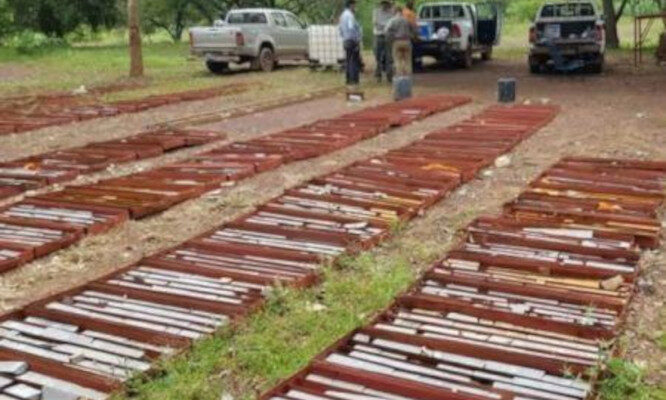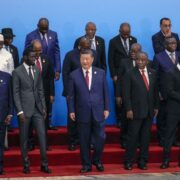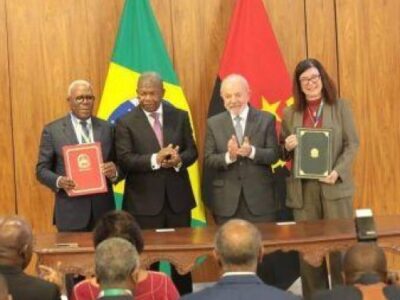
(Ecofin Agency) – • Africa, home to 30% of global critical mineral reserves, is projected to receive $50 billion in production investments by 2040.
• Most of this funding will target copper, with cobalt drawing smaller shares.
• The IEA urges faster moves from African nations to convert interest into concrete projects.
Africa holds about 30% of the world’s reserves of critical minerals and is increasingly central to the global energy transition. The continent, led by copper and cobalt producers like the Democratic Republic of Congo and Zambia, is also seeing new suppliers emerge in lithium and graphite.
According to a recent report by the International Energy Agency (IEA), Africa is expected to attract $50 billion in investments for critical mineral production between 2024 and 2040. The bulk of this investment will go into copper, with cobalt receiving about $4 billion.
The global shift toward cleaner energy is driving strong demand for copper, nickel, lithium, and cobalt—essential materials for electric vehicles, batteries, solar panels, and wind power. In its Global Critical Minerals Outlook 2025, the IEA estimates that mining operations in Africa will generate about $50 billion in 2024, compared to around $16 billion for mineral refining. By 2040, the total value of mining and refining could grow by nearly $83 billion.
The report outlines two main scenarios. The first (STEPS) is based on current climate policies. The second (APS) includes announced but not yet implemented commitments. In both outlooks, Africa’s reserves position the continent as a major player in global supply chains.
However, despite its resource base, Africa’s projected investment remains modest compared to other regions. Central and South America, North America, and Indonesia are each expected to attract around $100 billion in production investments by 2040—mostly for copper, nickel, and lithium.
In response to this gap, several African countries are taking steps to improve geological data, attract investment, and diversify partnerships. While China remains dominant in Africa’s critical minerals sector, other players like Japan, South Korea, the European Union, and the United States are expanding their involvement. Many African governments are also pushing for local processing to increase value added, though such ambitions still require substantial follow-through and actual project implementation.










Comments